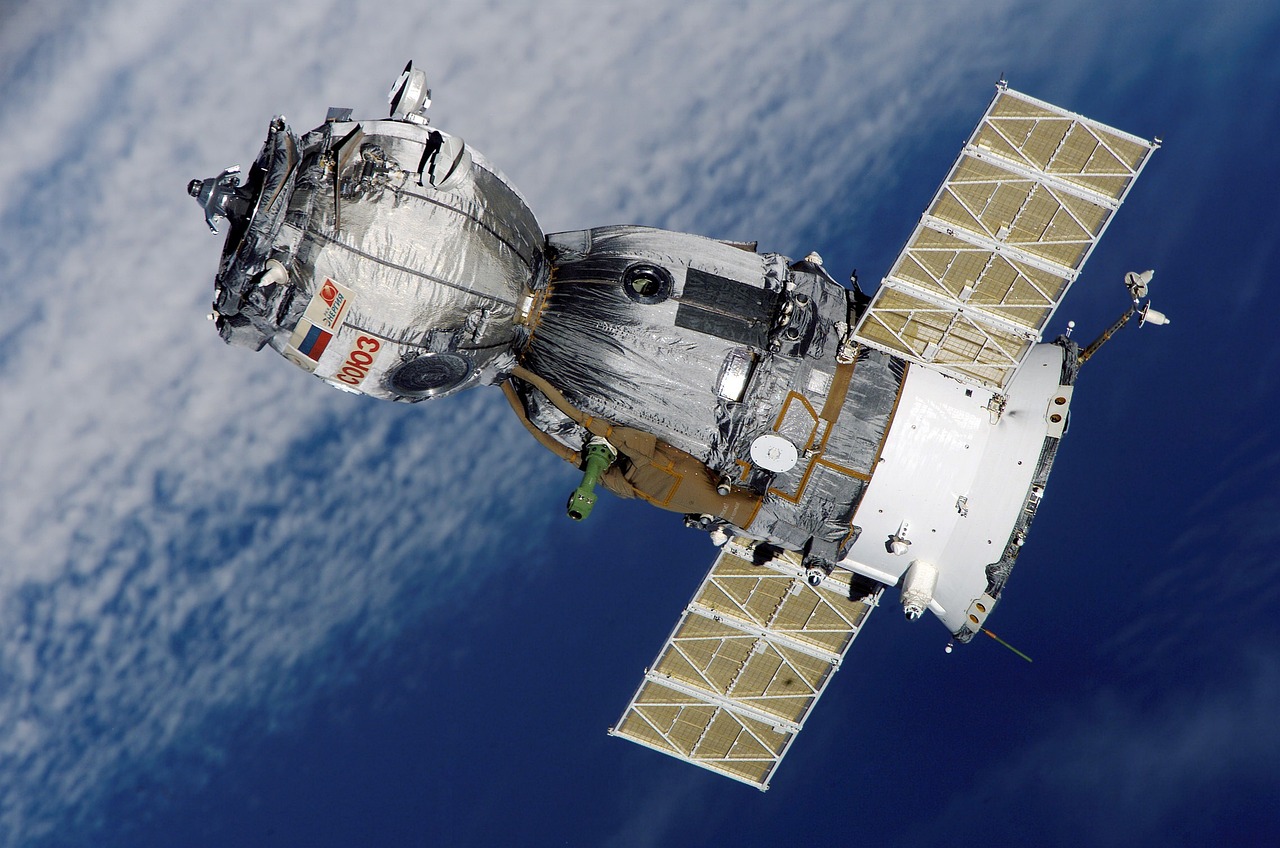Space Fabric: Weaving the Future of Satellite Technology
In the vast expanse of space, a revolution is quietly unfolding. Imagine satellites that can unfurl like origami, stretching out gossamer-thin sheets to capture solar energy or relay communications across the cosmos. This isn't science fiction—it's the cutting-edge field of space fabrics, a technology that's poised to transform our approach to satellite design and space exploration. From solar sails to inflatable habitats, these high-tech textiles are ushering in a new era of lightweight, adaptable spacecraft that could redefine our presence in the solar system.

Unfolding Potential in Orbit
One of the most exciting applications of space fabrics is in the realm of deployable structures. Satellites equipped with these materials can launch in a compact form and then unfurl vast arrays once in orbit. This capability allows for larger solar panels, antennas, and even entire spacecraft to be deployed from relatively small launch vehicles. The technology has already seen successful demonstrations, with NASA’s NanoSail-D2 mission in 2010 showcasing a solar sail made from space fabric that unfolded to 100 square feet.
Radiation Shields and Space Habitats
Beyond satellite applications, space fabrics hold promise for protecting astronauts from harmful radiation during long-duration missions. Researchers are developing multilayered fabrics that can deflect or absorb cosmic rays and solar particles, potentially solving one of the biggest challenges for human deep space exploration. These materials could be used to create lightweight yet effective shielding for spacecraft and even wearable protective gear for astronauts.
Smart Textiles for Spacecraft Health
The integration of sensors and electronics into space fabrics is opening up new possibilities for spacecraft health monitoring. These smart textiles can detect micrometeoroid impacts, measure radiation levels, and even self-heal minor damage. By weaving conductive threads throughout the fabric, engineers can create a nervous system for spacecraft, allowing for real-time diagnostics and increased mission longevity.
The Economic Impact of Space Fabrics
While still in the early stages of development, space fabrics are already attracting significant investment from both government agencies and private companies. The market for these materials is expected to grow substantially in the coming years, with estimates ranging from $500 million to $1 billion by 2030. This growth is driven by the potential cost savings in launch expenses and the increased capabilities these fabrics offer to satellite operators and space exploration missions.
Challenges and Future Developments
Despite their promise, space fabrics face several challenges before widespread adoption. Durability in the space environment, resistance to atomic oxygen degradation, and the complexity of deployment mechanisms are all areas of ongoing research. However, advancements in material science and nanotechnology are rapidly addressing these issues. Future developments may include self-assembling structures, fabrics with integrated propulsion systems, and even large-scale space habitats constructed entirely from these versatile materials.
As we continue to push the boundaries of space exploration, space fabrics stand out as a technology with transformative potential. Their ability to combine flexibility, strength, and multifunctionality in a lightweight package makes them an ideal solution for the challenges of operating in the cosmos. From enhancing our satellite capabilities to enabling long-term human presence beyond Earth, these high-tech textiles are weaving the fabric of our spacefaring future.





